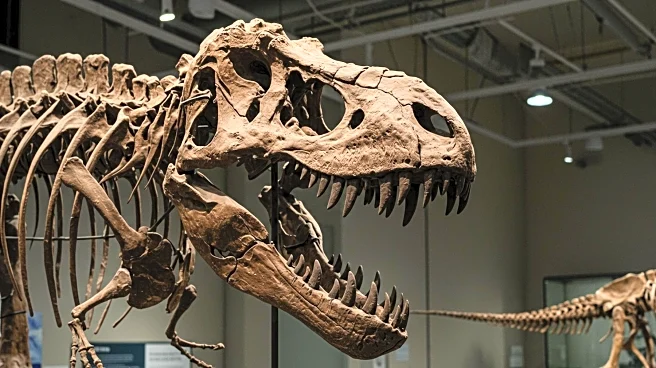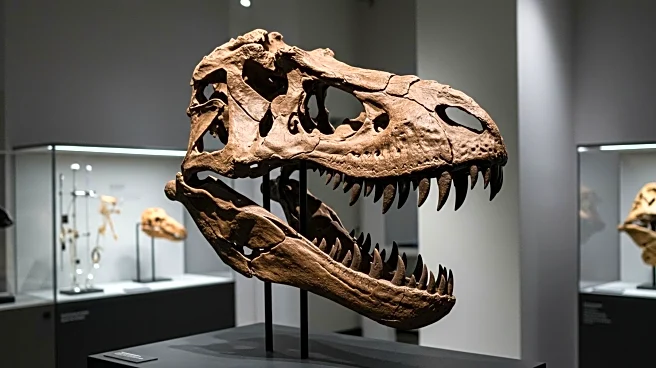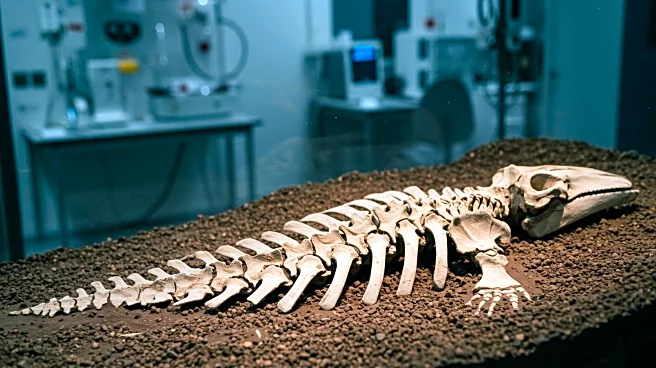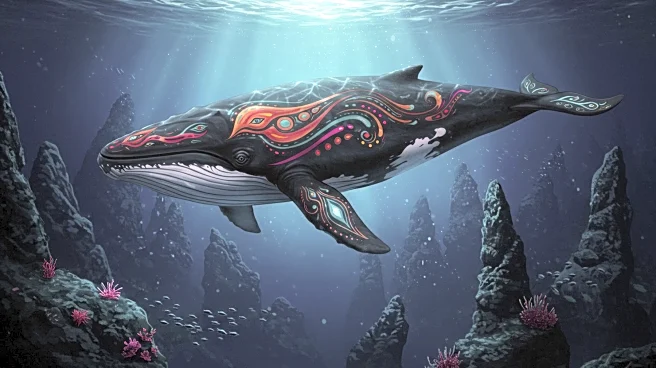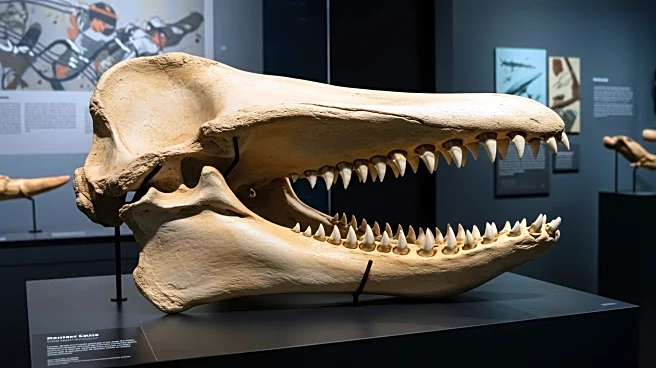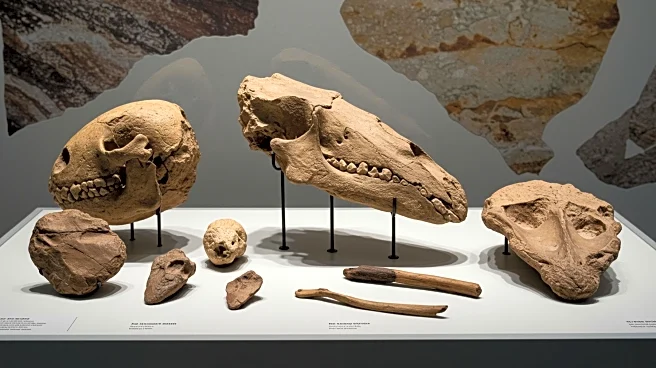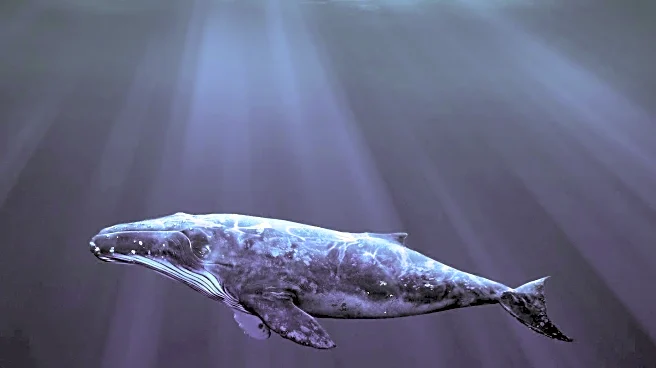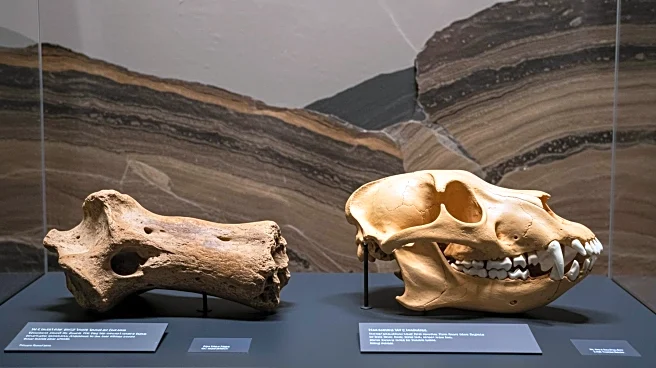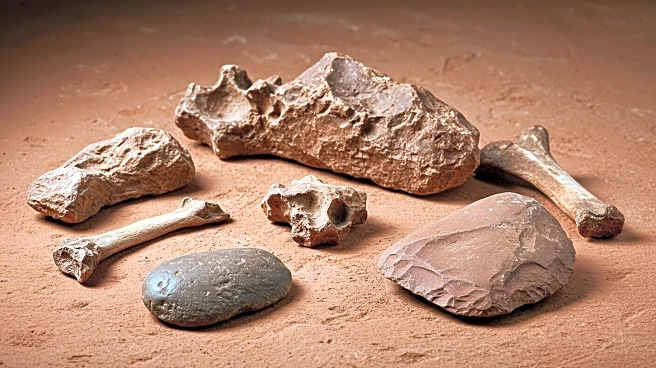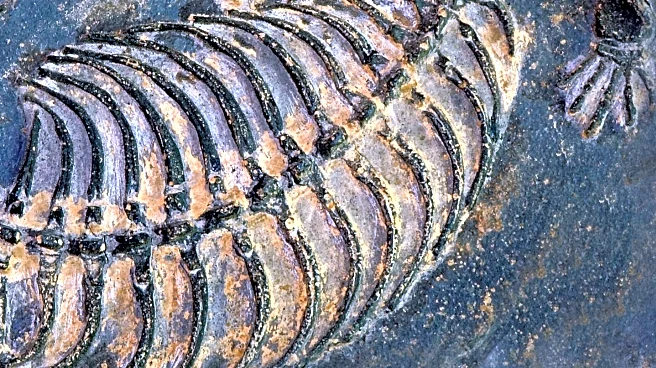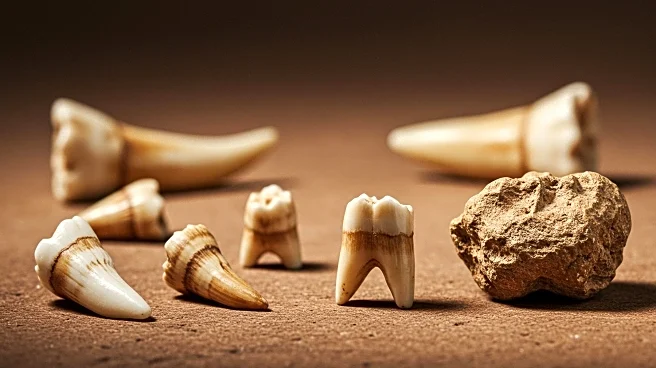What's Happening?
Researchers have identified preserved blood vessel structures in the rib bones of a Tyrannosaurus rex specimen named 'Scotty,' one of the largest and most complete T. rex skeletons ever found. Using advanced imaging techniques at the Canadian Light Source synchrotron, the team observed mineral 'shadows' where blood once flowed, particularly around a fracture that had begun to heal before the dinosaur's death. The study, led by Jerit L. Mitchell from the University of Regina, utilized synchrotron micro-CT and X-ray fluorescence to map the chemical states and 3D shapes of these structures, revealing tube-like formations consistent with blood vessels involved in healing processes.
Why It's Important?
This discovery provides significant insights into dinosaur biology, linking ancient processes with modern clinical observations. The preserved structures offer a rare glimpse into the healing mechanisms of extinct species, allowing comparisons with living animals such as birds and reptiles. The study demonstrates the potential of non-destructive imaging techniques to uncover delicate features in fossils without damaging them, advancing the understanding of how life on Earth has evolved. Additionally, the findings contribute to ongoing debates about the preservation of soft tissues in dinosaur bones, presenting mineral casts that trace vessel paths in healing zones.
What's Next?
Future research may focus on identifying similar traces in other dinosaur fossils and their relatives, such as early birds and reptiles. By expanding sampling and employing finer imaging and chemical analysis, scientists could explore healing rates, metabolic links, and the impact of burial environments on preservation. This approach could enhance the understanding of biological processes in extinct species and their evolutionary connections to modern animals.
Beyond the Headlines
The study highlights the potential for fossils to capture brief, intense biological episodes, such as the healing of injuries. This targeted preservation offers a unique opportunity to study the biology of the past and understand how life has adapted over millions of years. The research also underscores the importance of protecting rare specimens while conducting detailed analyses, ensuring that invaluable fossils remain intact for future studies.
